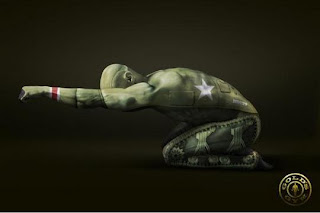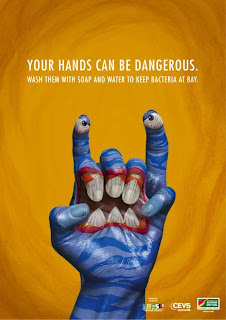Andy Warhol was one of the most famous artists
of Pop Art. At first, he was a publicist so he knew how to attract people
with his creativity. He was very well known on his work but he left it and
became a painter, mixing his knowledge on advertising and art.
His first work was based on the design
of a can of soup from a company called Campbell's.
Because of his painting, the company became so popular that actually it’s still
very famous.
Warhol started painting on series production. He
wanted that everybody was able to have at least one of his paintings so he made
a considerable quantity of each one. And he also sold it cheaper because he
wanted that his art wasn’t a luxury, he wanted that everyone could easily acquire it.
His two most famous and used characteristics were the
repetition of images and pictures of people with vivid and fluorescent colors. Both
of them have influenced on advertising, even actually.
Some of the most popular brands and companieson the world like CocaCola
(drinks), Smart (cars), Ray Ban (sun glasses), Absolut Vodka (alcohol), Nars (cosmetics)
or even Orbit (gum) use Warhol techniques to sell their products. It works
perfectly for the brands because the colors or the pictures based on his paintings
make people associate the ads instantly with Warhol art and they put all their attention on them. It makes people feel closer to the brands and have a
better image of them.
Alejandra Carrasco Farró













.jpg)



